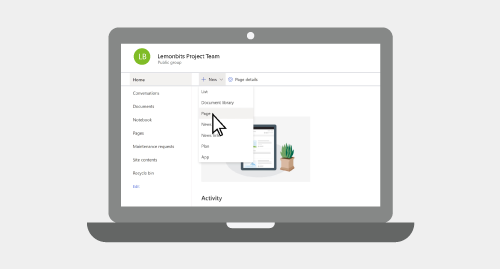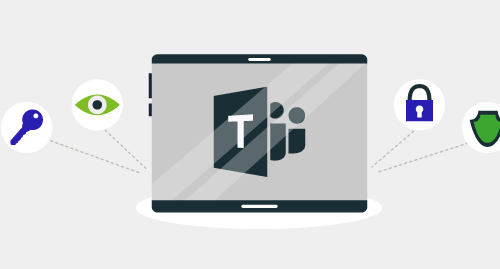Microsoft is leaking more and more Microsoft 365 Copilot data online. I found an interesting picture below on how Microsoft 365 Copilot works and from where it pulls data. Few important premises to know: ✅ Microsoft 365 Copilot only surfaces data to which users have at least VIEW permissions ✅…
Excited to share that this weekend, I’ll be taking the stage at #KulenDayz in Osijek to deep dive into the world of Microsoft Syntex within #Microsoft365. Wondering what #MicrosoftSyntex is? 🤔 At its core, Microsoft Syntex offers a suite of content services, fusing next-generation AI and automation to streamline and enhance central business processes. My…
In a major leap for productivity solutions, Microsoft has revealed its latest breakthrough in Artificial Intelligence (AI) technology – Copilot for SharePoint. While the benefits of SharePoint have long been recognized in facilitating collaboration and simplifying data management, Copilot’s integration is set to take these advantages to unprecedented heights. Copilot…
Learn all about the new ways of creating and maintaining your own personalized SharePoint site and enjoy in benefits of it.
The future of collaboration is here. Drive your team's speed and efficiency with the right approach to Shared channels.
Understand the types of channels, together with their fundamental differences and specific uses.
M365Conf is over and I am so happy that I had an opportunity to discuss with current as well as future partners. I am looking forward for the next one next year. Microsoft has announced so many new things and we can clearly see that Microsoft is all in with…
For the ones that missed, CollabDays Zagreb are being organized on the 1.7.2023 at Algebra, Gradiscanska 24, Zagreb, https://www.collabdays.org/2023-zagreb/ As an IT professional, developer, team lead, software engineer, G&A or role that I missed unintentionally within SysKit, this is an excellent opportunity to expand your knowledge, network with industry experts,…
Guest users can be added to shared channels, and it's not the most complicated hack in the world. Find out exactly how easy it is.
Because I take security, privacy, and transparency very seriously, and so should you, I am sharing tips for creating a secure Microsoft Teams and Shared Channels environment for guest users.






